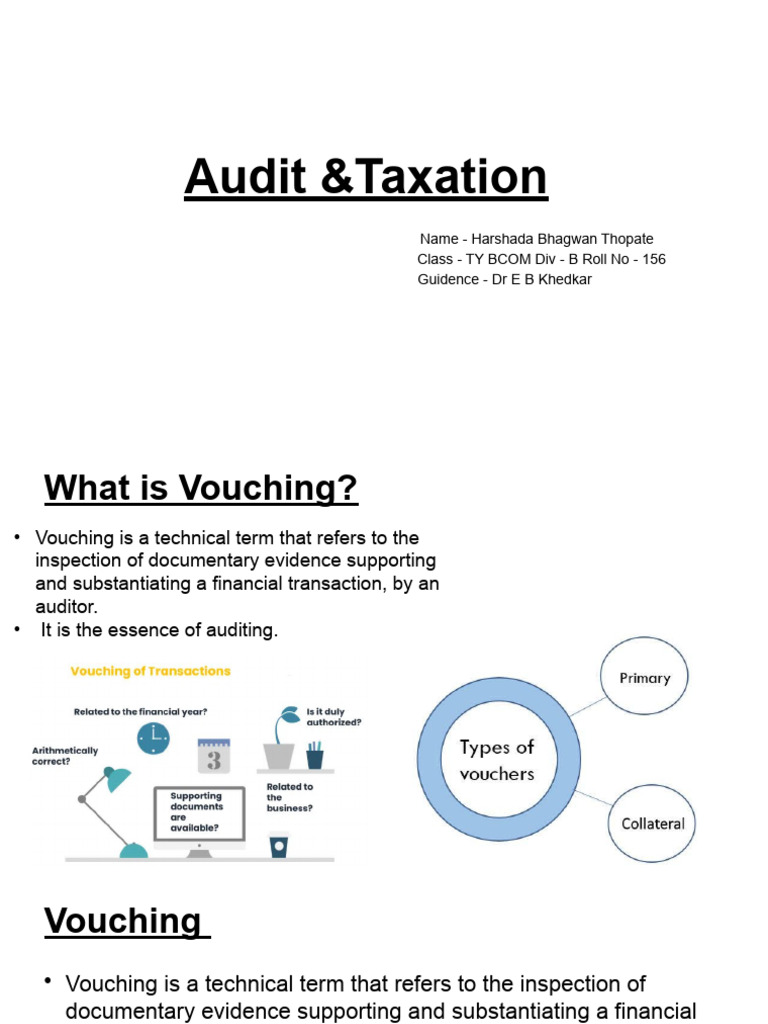Physical Address
304 North Cardinal St.
Dorchester Center, MA 02124
Physical Address
304 North Cardinal St.
Dorchester Center, MA 02124

When it comes to navigating the complexities of tax regulations and ensuring compliance, knowing how to conduct a tax audit is an invaluable skill. Many individuals and businesses face the daunting task of preparing for audits, and understanding the essential components can make this process smoother and more manageable. In this article, I will share key insights and steps on how to conduct a tax audit, which will not only clarify your responsibilities but prepare you for potential challenges ahead.
The first step in mastering how to conduct a tax audit is to grasp what an audit entails. A tax audit is essentially a review of an individual’s or entity’s tax return by the tax authorities. The objective is to ensure that all income and deductions have been accurately reported and that the tax liability calculation is correct. The outcome can range from a clean bill of health to significant penalties if discrepancies are found.
It’s essential to remain calm throughout the audit process. It’s vital to approach the situation methodically. Many fears surrounding audits stem from misunderstandings about what they involve. They’re not necessarily a sign of wrongdoing, just a means for tax authorities to cross-check information.
The preparation phase is critical in how to conduct a tax audit effectively. This stage involves gathering all necessary documentation and understanding what the tax authority requires. Here are key steps to follow:
Proper documentation is the cornerstone of how to conduct a tax audit. Having comprehensive records can significantly bolster your case during an audit. Each item reported in your tax return should have a corresponding document supporting its claim. Here are some types of documents you may need:
This visual representation helps clarify the methodology of the tax audit process, providing a clearer understanding of each step involved. It can also serve as a handy reference during preparation.
Once you’re prepared, the actual execution of the audit will begin. It is during this phase where knowing how to conduct a tax audit can significantly come into play. Here are some strategies to keep in mind:
After the audit is complete, it’s crucial to take some time to reflect on the findings, regardless of the outcome. Understanding what went well and what needs improvement is vital for future tax preparations and audits.
Here are some post-audit actions to consider:
Learning how to conduct a tax audit isn’t just for those currently facing an audit. It can be a proactive measure that places you in a better position during tax season and audits down the line. Preparing well and knowing what to expect can demystify the entire process.
In conclusion, the key to mastering audits lies in preparation, effective documentation, honest communication, and a willingness to learn. As you reflect on how to conduct a tax audit, remember that each experience is an opportunity for growth and improvement. Stay informed, organized, and proactive, and you’ll not only ease the stress of audits but set a solid foundation for your financial practices in the long run.
So, the next time someone mentions a tax audit, you can nod with confidence, armed with the knowledge of how to conduct a tax audit effectively!